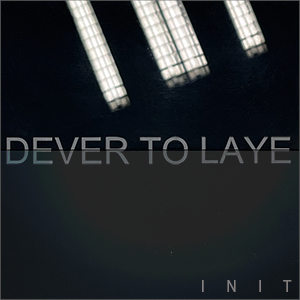Twelve birds in a modified birdhouse are way better than two in the bush. Flaming Pines has just wrapped up its beautifully beaky Birds of a Feather series with a feathery flourish (we’ve previously enjoyed the first six volumes here and here).
Marcus Fischer :: The Crow
An elegy to that most common and oft-maligned urban companion. An intimate duet recorded live with one microphone secreted in the trees to capture the birds and the other indoors pointed at Fischer’s guitar. Simple and artful, why weigh it down with superfluous superlatives?
Gail Priest :: The Common Koel
Gail Priest enters into a remarkable cross-species dialogue. A member of the cuckoo family, the common koel has as bad a reputation as the common cold, due to its parasitic child-rearing methods. Priest was determined to explore “infiltration, imitation and subjugation as strategies” and after setting a dark, cloud-gathering mood, does so most ingeniously—by tricking the bird as the bird tricks its victims, although with far more benevolent results. An echo chamber of looped tweeting leaves you incapable of distinguishing the “real” birds from their dopplegangers. Wires get crossed, short-out and after a breath, a gamelan gains both momentum and company until Priest appears to be performing the imaginary Philip Glass score to Hitchcock’s The Birds.
Seaworthy :: The Rainbow Lorikeet
Technicolour Sydney mainstays with whom locals, including Seaworthy’s Cameron Webb, have a love-hate relationship, because of the racket they make. Seaworthy by name, seaworthy by nature, as the roar of the ocean is ever present, coming from beyond the coastal sand dune to which he hiked one morning. Seaworthy brings mood and melody into the sound field with soft, wandering guitar and a few other doodads, offsetting the high-pitched chatter of the flock in the trees above him, embracing the wee larrikins with warmth.
Radio Cegeste :: The New Zealand Storm Petrel
Thought to be extinct since the mid-nineteenth century, ten specimens of storm petrel were discovered a decade ago and an entire breeding colony via radio trackers at the University of Auckland just last year. And yet its call remains unrecorded. Everything Radio Cegeste’s Sally Ann McIntyre assays is tentative, from the evocative radio wandering and to what sounds like a toy melodica. It’s as if she´s hiding and doesn’t want to cause a disturbance, or wishes to preserve the mystery and romance of the species. The only “confident” voice is that of the cello, which keeps a steady, scientific eye on her quest.
Philippe Petit :: The Kookaburra
Philippe Petit, probably the most high-profile name among the audio-ornithologists in this flock, constructs a mixed media modernist symphony for the kookaburra to inhabit, a violinist and a cellist describing sweet flutters and dives, feathers ruffled by bubbling, squirming vinyl, samples and electronics. Single exemplars and huge flocks laugh and skim clouds slick as the shimmer of brass gongs and get dubbed along with the strings in the final movement.
Kate Carr :: The Kakapo
Series curator Kate Carr ends the collection with a sigh, then a bang. Intent on conveying the “freakiness” of the kakapo’s nocturnal habits, she digs a bowl in a topsoil of static, tosses twigs, nuts and bolts to either side, makes up an ambient bedstead, and then lets the kakapo work itself up like a bassoon until he looses the most phenomenal boom a bird can make. What’s the opposite of picturesque? This is that. Well and creepily done.
I have failed to mention often enough the delight Kate Carr has brought to the international independent music scene since starting Flaming Pines in 2011. The exemplary artwork adorning each cover, especially the many, tiny three-inch CDs, makes each a joy to behold. And to mark the end of the Birds of a Feather project, Carr has crafted a limited edition, modified birdhouse for them to stick together. An easy bet for niftiest design idea of the year, so have a look.







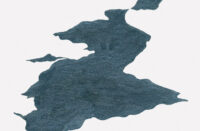

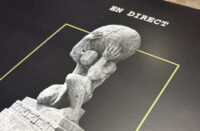

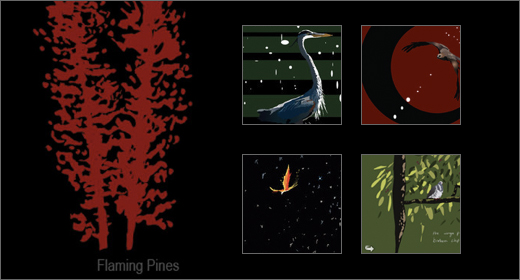
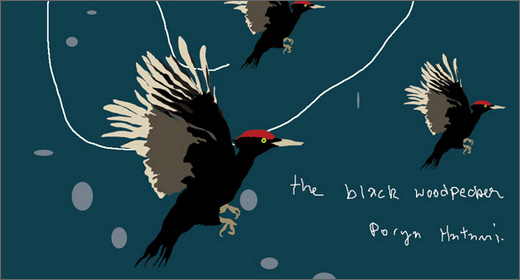












![Romanowitch :: A critical season substitute (glitch.cool) — [concise]](https://igloomag.com/wp/wp-content/uploads/2025/03/romanowitch-a-critical-season-substitute_tape_feat-75x75.jpg)
